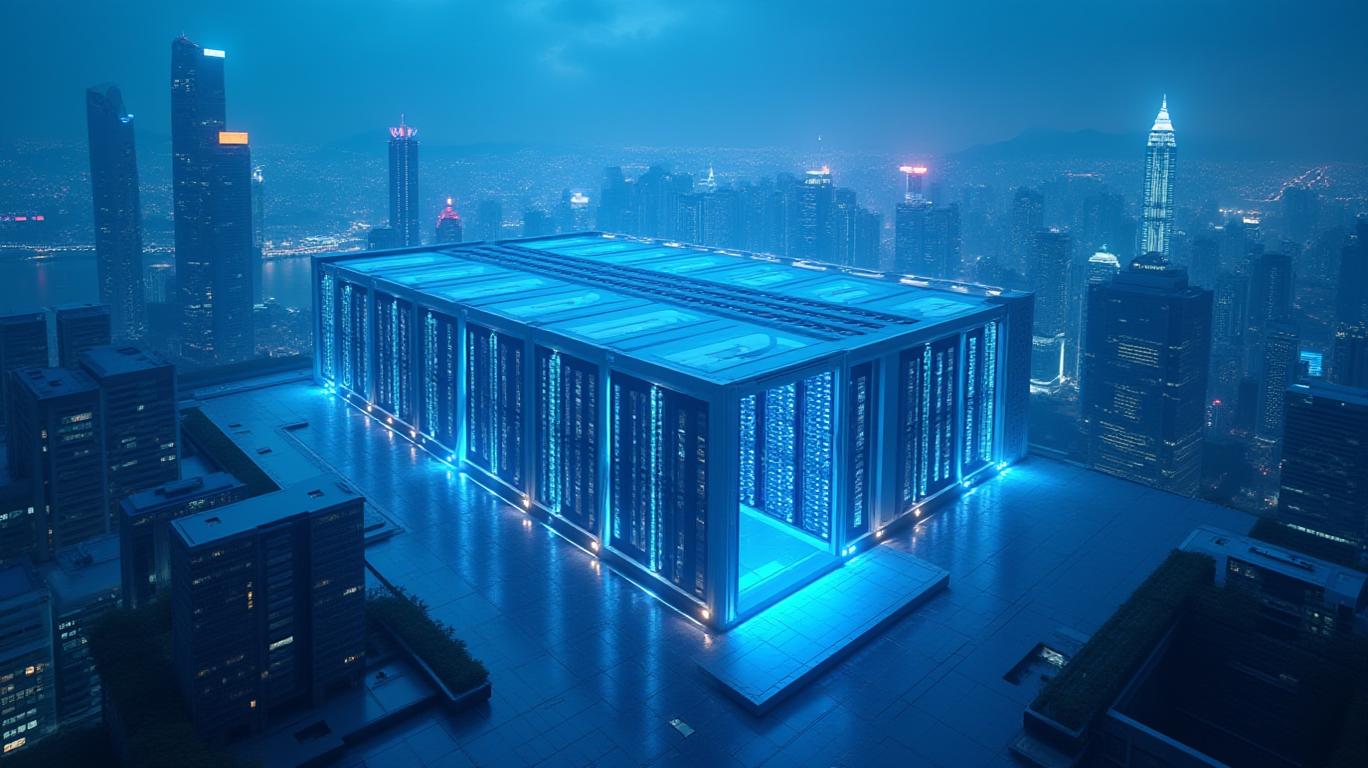The AI Infrastructure Play: BDx’s Hong Kong Expansion as Asia’s Next Data Hub Opportunity
In the heart of Asia’s digital transformation, BDx is making a bold bet on the future of AI-driven infrastructure. Its $155 million Hong Kong data center expansion, financed by global banking giants like Clifford Capital and Sumitomo Mitsui, is no mere real estate play—it’s a strategic pivot to capitalize on a $4.55 billion regional data center market poised to grow at 6.04% annually through 2030. With a 1 gigawatt (GW) capacity target across Asia and a newly certified
DGX-Ready AI ecosystem, BDx is positioning itself at the nexus of a once-in-a-decade infrastructure boom. For investors, this is a rare chance to secure exposure to Asia’s data backbone before its value scales exponentially.
The Catalyst: Asia’s AI Infrastructure Scarcity
Asia’s data center market is in crisis. From Singapore to Jakarta, demand for hyperscale facilities is outpacing supply by 30–50% as enterprises and cloud providers race to build AI models and edge computing networks. Hong Kong, with its strategic location and robust power grid, is emerging as the critical node to bridge this gap. BDx’s 16MW Kwai Chung facility—developed in partnership with the Sino Group—is already addressing this shortage, but its true ambition lies in its 1GW pan-Asian capacity target. This is no small feat: achieving it would position BDx as a top-tier player alongside SUNeVision (150MW) and Equinix, but with a unique focus on AI-optimized infrastructure.
The Edge: Financing, Partnerships, and Track Record
What sets BDx apart is its ability to turn ambition into reality. The project’s $155 million funding stack—secured through UOB, Sumitomo Mitsui, and others—is a vote of confidence from institutions with deep regional expertise. But BDx’s credibility isn’t just financial. Its 2024 Indonesian AI campus, powered by renewable energy and certified by NVIDIA, proved it can deliver complex projects at scale. This track record is critical: in a sector where 40% of data centers fail to meet uptime guarantees, BDx’s Tier III/Tier IV certifications and 99.99% reliability benchmarks signal low execution risk.
The Investment Thesis: Scalability Meets Structural Demand
The numbers are compelling. Hong Kong’s data center market, valued at $3.2 billion in 2024, is already 70% occupied in prime hubs like Tseung Kwan O. BDx’s Kwai Chung site, however, leverages an underserved location with access to CLP Power’s grid—a strategic advantage as energy efficiency becomes a lifeline for hyperscalers. Pair this with BDx’s partnership with NVIDIA, which grants it exclusive rights to deploy DGX AI systems, and the picture sharpens: this isn’t just a data center—it’s a platform for the next generation of cloud and AI workloads.
Why Now?
The timing is perfect. Asia’s AI spend is set to hit $150 billion by 2027, with 70% of Fortune 500 companies planning regional AI hubs. BDx’s 1GW roadmap is designed to intercept this demand, while its parent company I Squared Capital—managing $40 billion in assets—provides a war chest for acquisitions or partnerships. Even challenges like Hong Kong’s land constraints are mitigated by BDx’s modular design philosophy, which allows incremental capacity expansions without disrupting operations.
The Bottom Line: A Rare, Low-Risk Infrastructure Play
BDx’s Hong Kong expansion is a scalpel, not a sledgehammer. It targets a hypergrowth sector with defensible moats (NVIDIA certification, bank partnerships) and a proven operator. With Asia’s data center scarcity and AI adoption rates acting as dual tailwinds, this is a sector where first movers capture disproportionate value. For investors, BDx offers a rare opportunity to invest in a company that’s both a beneficiary of and a driver of the region’s digital transformation—a scalability play with a 1GW ceiling and a 6.04% CAGR runway.
The question isn’t whether Asia needs more data infrastructure—it’s who will build it. BDx is already at the blueprint stage. The time to act is now.

Comments
No comments yet